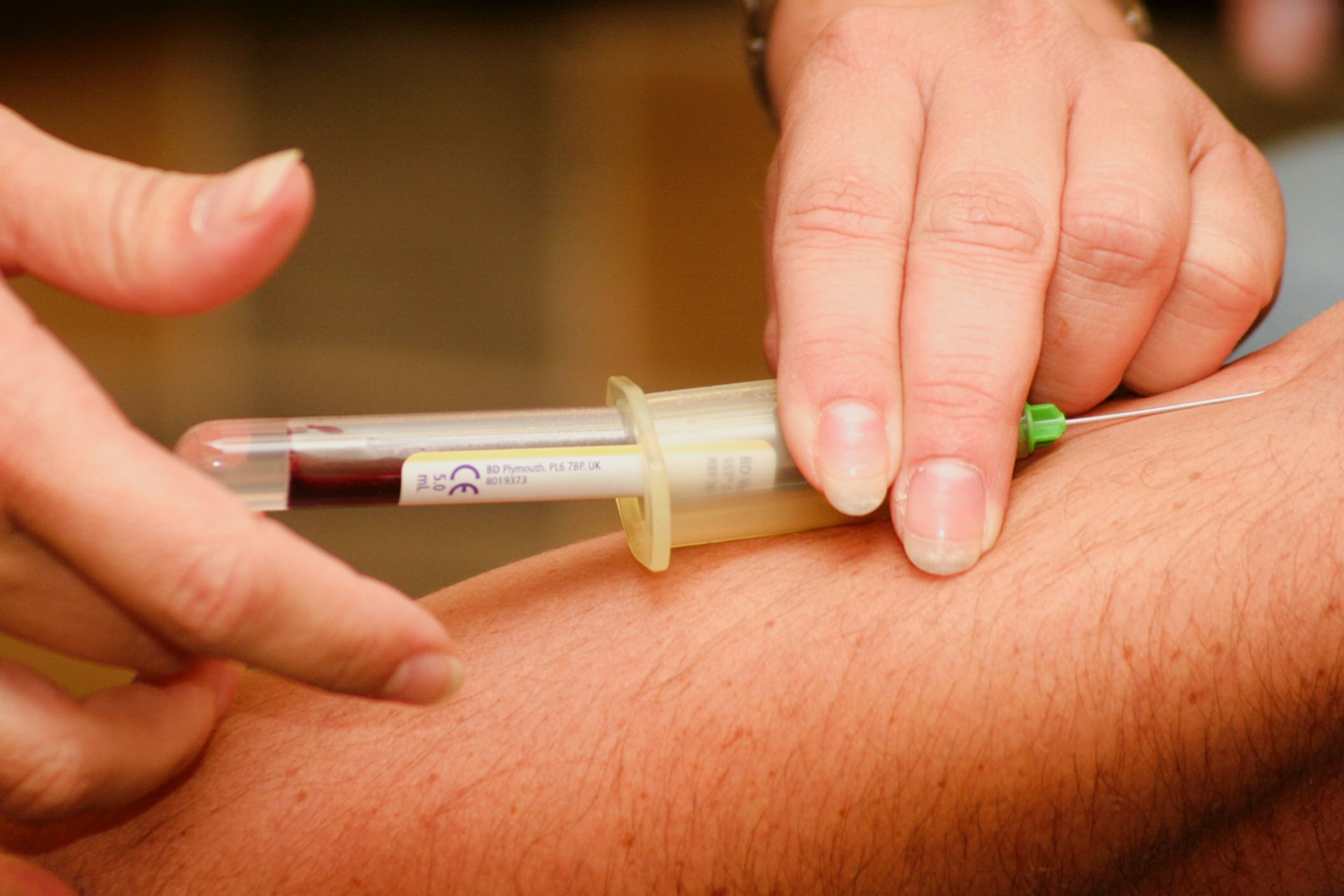What to Do When You Can’t Find a Vein
If you’ve ever had your blood drawn, you know that one of the most important things is finding a good vein. Without a good vein, it can be difficult to get a good sample. So what do you do when you can’t find a vein?
Well, if you’re in such a condition, you’re not alone. Many patients have difficulty finding a vein, especially if they are dehydrated, have dark skin, are obese, or have had a recent needle stick.
While it can be frustrating for both patients and nurses alike, there are a few things that can be done to increase the chances of successful intravenous access. In this blog post, we’ll cover some of the best tips to find a difficult-to-locate vein.
Factors That Matter:
If you’re having trouble finding a vein, there are several factors that could be at play. You first have to understand them well enough so that you can take steps to improve your situation.
- Body size and composition: If you’re overweight, it may be more difficult to find veins because there’s more tissue for the needle to go through. The same is true if you have a lot of muscle.
- Dehydration: Dehydration can cause your veins to shrink, making them more difficult to find.
- Location: The veins in your arms are generally larger and easier to find than the veins in your hands or feet.
- Skin tone: If you have dark skin, it may be more difficult to see your veins. This is because melanin, the pigment that gives skin its color, can also make veins appear darker.
- Age: As you get older, your veins may become less visible. This is because they can lose elasticity and become more difficult to see.
What You Can Do:
Now that you know some of the factors that can make it difficult to find a vein, let’s talk about what you can do to increase your chances of success.
Use a tourniquet:
A tourniquet is a simple device that can help make veins more visible. To use one, simply wrap it around your upper arm and tighten it until the vein is easier to see.
Try AimVein Vein Finder Device:
This is a small, handheld device that uses infrared light to make veins more visible. The AimVein is an FDA-cleared and easy-to-use device that makes it easier to find difficult-to-see veins. Simply hold it against your skin and look for the illuminated veins.
Apply heat:
Applying heat to the area can also make veins more visible. You can use a warm compress or even just run warm water over the area for a few minutes.
Use gravity:
When you’re trying to find a vein, gravity can be your friend. By elevating the area, you can help veins become more visible. Try holding your arm above your head for a few minutes or lying down with your arm over your head.
Use light:
Another way to make veins more visible is to use light. One option is to shine a flashlight on the area, or you can try using a special device called a transilluminator.
Try ultrasound:
If other methods don’t work, your doctor may be able to find a vein using ultrasound. This painless procedure uses sound waves to create an image of the veins in your body.
Precautionary Measures to Improve Successful Venipuncture:
There are a few things you can do to improve your chances of successful venipuncture or the insertion of a needle into a vein.
- Stay hydrated: As we mentioned, dehydration can cause veins to shrink and become more difficult to find. So make sure you’re drinking plenty of fluids, especially in the days leading up to your procedure.
- Avoid constrictive clothing: Clothing that’s too tight can constrict veins and make them more difficult to find. So avoid wearing anything too snug around the area where you’ll be having the procedure.
- Warm up the area: Warming up the area can help improve blood flow and make veins more visible. You can use a warm compress or take a warm shower before your procedure.
- Eat a healthy diet: Eating a healthy diet can also improve your circulation and make veins more visible. Be sure to eat plenty of fruits, vegetables, and whole grains.
- Exercise regularly: Exercise is another great way to improve circulation and make veins more visible. Just 30 minutes of moderate exercise most days of the week can make a difference. It will help burn the fat, making the veins more visible.
- Avoid smoking: Smoking can damage veins and make them more difficult to find. So if you’re a smoker, consider quitting in the weeks leading up to your procedure.
The Takeaway
If you’re having trouble finding a vein, don’t despair. There are several things you can do to increase your chances of success. And if all else fails, your doctor can probably still find a vein using ultrasound. So, there’s no need to worry. Just follow these tips and you should be able to find a vein in no time.

